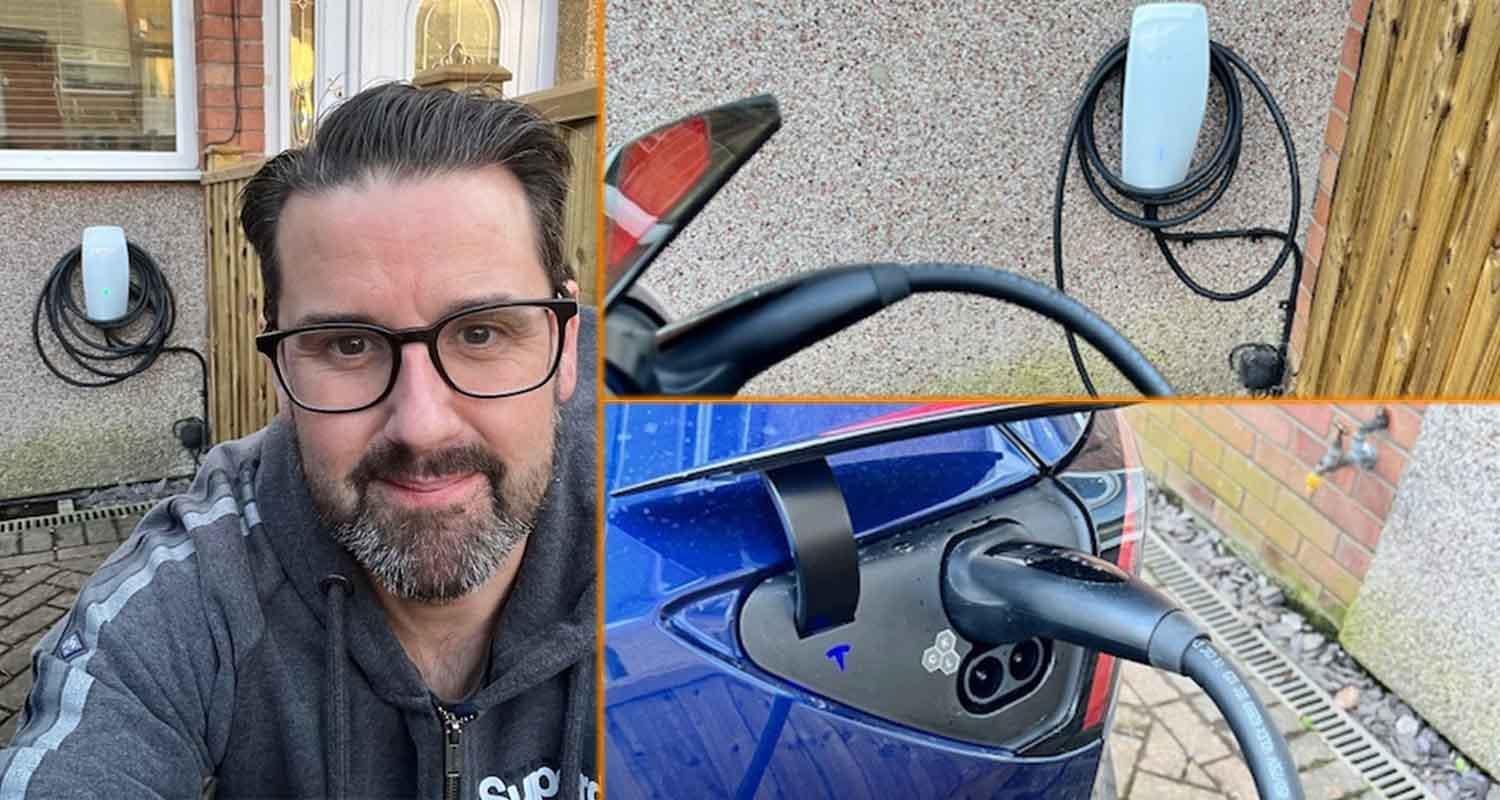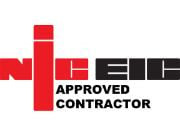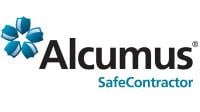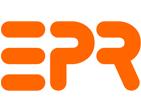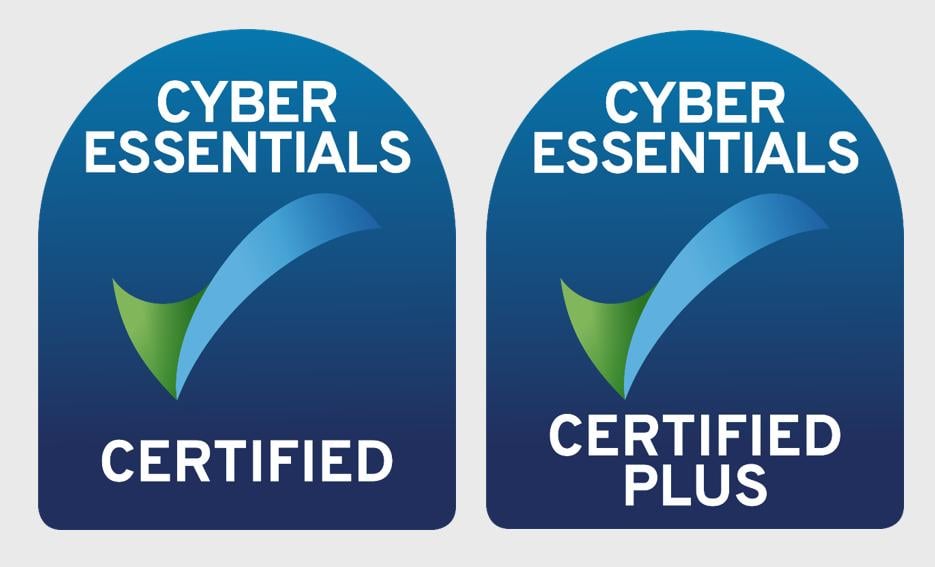How to use the Connected Kerb charging network - a complete guide

Specialising in making on-street EV charge points, Connected Kerb aims to bring EV charging to the substantial number of drivers who don't have access to home charging.
If you are interested in learning more about the people behind Connected Kerb, be sure to check out our Plugged-In interview with Chris Pateman-Jones (CEO of Connected Kerb).
Who and what is Connected Kerb charging?

Connected Kerb was launched in 2017 by five friends with the purpose "to power the future of sustainable mobility for everyone". It describes its mission as becoming the most accessible, affordable and reliable EV charging network in the areas it works in. The founders' track records include the delivery of Boris Bikes and the London 2012 Olympic Games Transportation programme as part of the Source London project, the London network for electric vehicles.
Connected Kerb aims to deliver electric vehicle charging infrastructure across the country, providing on-street residential charging points to the 60 per cent of UK residents unable to charge their car at home due to a lack of off-street parking. The team also wants to reduce charging point 'blackspots' in rural areas, thus bringing EV charging to remote areas. It also wants to make the use of an electric car easier for disabled drivers.
Another ambition of the company is to provide electric vehicle charge points in lower-income areas. It has worked with local authorities such as Lambeth Borough Council to install electric car charging points to improve the take-up of electric cars in a bid to reduce poor air quality.
Connected Kerb offers a selection of public chargers, but it also provides charge points for fleet and business EV drivers.
Connected Kerb intends to install more than 190,000 public EV charging stations before 2030, to keep pace with the growth in electric cars. Such improvements to the charging infrastructure is believed to cost £1.9b, meaning charging points should be much more common across the UK.
Take a look at our vehicle guides
If you’re still choosing an electric or plug-in hybrid vehicle, take a look at our vehicle guides for some more information before deciding
Where is Connected Kerb located?
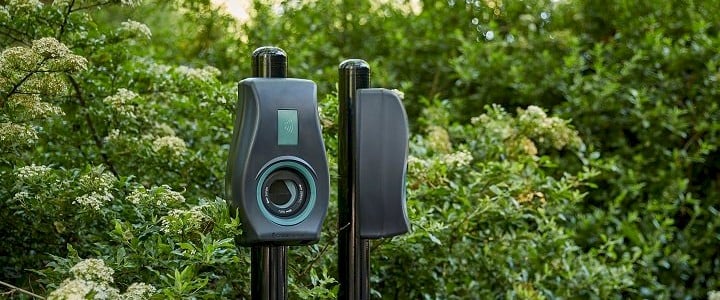
You can find Connected Kerb charging points across the UK, with councils serving Windsor, Maidenhead, Runcorn, Widnes, Kent, Dover, Ryedale District, Cambridge, Coventry, Swindon and more signing up to the scheme in a bid to improve the uptake of zero-emission vehicles. You can find your nearest Connected Kerb charging point using most major EV charge point mapping services including Electric Universe and Zap-Map.
How to spot a Connected Kerb charge point
You can spot a Connected Kerb app via the small green rectangular logo on the machine; there are several designs Connected Kerb produces. You'll be able to see them at the roadside with several electric cars.
Compare destination charging costs
Compare the charging costs of the UK's most popular destination charging networks using our destination charging cost comparison tool,
How do I use the Connected Kerb charging network and app?

You can use an RFID card or the Connected Kerb app to use one of a charge point. You can download the app via GooglePlay or the Apple App Store.
Once you've downloaded and registered your details, as well as entered a payment methods, you're ready to use one of the electric car charging points.
On the app, select the QR icon, and scan the QR code on the charge point via the app. Alternatively, enter the four-digit number on the charge point before attaching the charging cables and starting a session. Simply use the app to stop the session, and the electric car charging process will stop.
If using the charge points with an RFID card, launch the Connected Kerb app and select RFID cards in the dropdown menu. Then press the green button to add your RFID tag, and then scan the QR code that should be located on all charging points. Then tap your card on the electric car charger. You'll then be able to name and save the card to your account.
To start a Connected Kerb charging session at one of the firm's charge points using an already-registered RFID car, locate and select the QR icon at the bottom of the app screen. Tap the card on the charging point to start a session and the LED will turn blue. To stop the session, tap your card on the charger and the light will turn green.
The charge points themselves have a knack to using them. Plug in the charger for your electric vehicle, holding the charger at a slight angle to the right. Then push and twist to the left. The app will only let you start the charging session once your electric car is plugged into one of the charge points. To end the electric car charging first end the charging session on the app then twist the charging cable to the right and pull it out of the charging socket.
How much does Connected Kerb cost to use?
Electric car charging with Connected Kerb does not require a membership or connection fee, and the public charging point cost is 35p per kWh as of June 1 2022.
Does Connected Kerb support charging cards such as Electric Universe or Bonnet?
At the time of writing, Connected Kerb does not support Electric Universe or any other charging services. You will be able to use Zap-Pay with Connected Kerb soon however.
How fast can a Connected Kerb charging point charge my EV?

Connected Kerb charge points operate at either 7kW or 22kW. This means that the average electric car will take between nine and ten hours to charge from zero to full on the 7KW charging unit, while a 22kW charging unit will take between four and five hours to charge an electric car. Keep in mind however that it's very rare that you will need to charge from zero to full.


